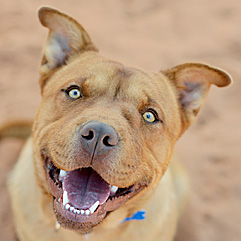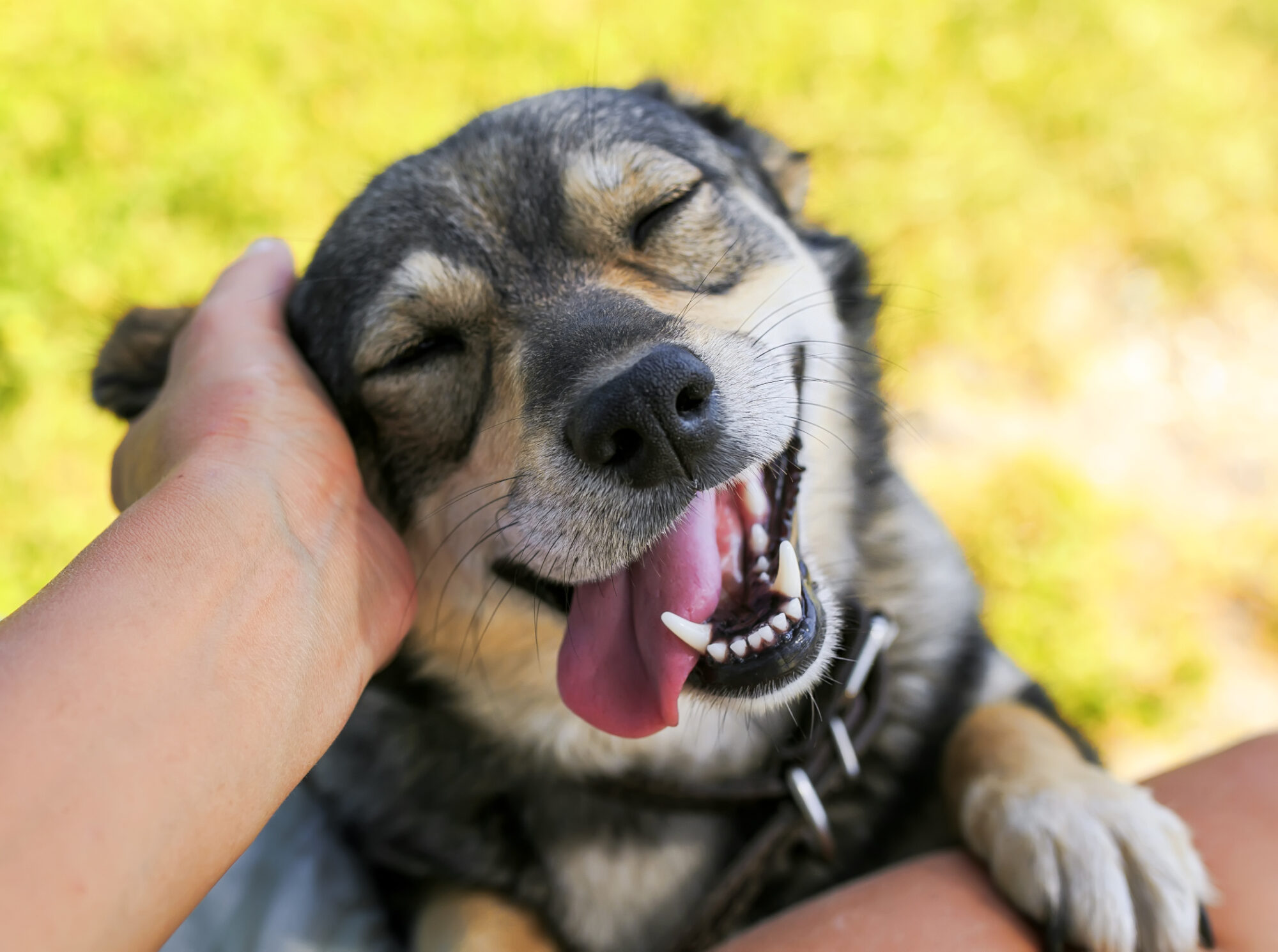
Most of us are not exactly excited about looking into our pet’s mouths (I only see 2 teeth – the fangs!). But when it comes to pet dental care, the saying “an ounce of prevention is worth a pound of cure” is absolutely true. It has been reported that by 3 years of age, 85% of cats and dogs have some form of dental disease. Felton Veterinary Hospital is here to give you the basics of this common but preventable problem.
First, the true nitty-gritty. You brush your teeth twice a day (right?) and still visit your dentist for a cleaning twice a year. Imagine what your mouth would feel like if you never brushed or saw the dentist! It’s true that our pets’ teeth don’t have to look picture-perfect, but keeping their teeth and gums clean and healthy can be one of the most beneficial things you can do as a pet owner to keep them happy and healthy for longer.
What is Periodontal Disease?
Periodontal disease begins when bacteria in the mouth form plaque, which, left unchecked, accumulates along the gum line and then causes inflammation called gingivitis. Plaque hardens into tartar along the gum line, but the real problems start when bacteria travel below the gum line.
When that occurs, inflammation and infection can affect the internal structures of the tooth, root, and even the bone beneath. Periodontal disease in its more severe stages can cause tooth fracture or loss. Unfortunately if periodontal disease is left untreated, bacteria can also find its way into the pet’s blood stream and can affect the heart, liver and kidneys, while making diseases such as diabetes harder to manage. Sadly, periodontal disease has been linked to a shorter life span for our pets.
What are the Signs of Periodontal Disease?
Like people, pets as individuals have different signs of disease based on age, temperament, breed, and overall general health. Although you may hear it often, a pet has to have extreme dental disease in order to refuse to eat. It’s just not that common! Earlier and more common signs of periodontal disease include:
- Bad breath
- Red or bleeding gums
- Drooling
- Difficulty chewing (which may look like messy eating)
- Pawing at the mouth
- Loose teeth
- Swollen or recessed gums
How is Periodontal Disease Prevented?
Luckily, periodontal disease is preventable. The very best way to prevent it is to brush your pet’s teeth daily. We know, we can see the collective eye roll. But before you give us the total brush off (ahem!), hear us out. There are all sorts of fancy toothbrushes out there, but in reality the most important thing is that the brushing happens. So we are all for making it simple. We can show you how to brush your pet’s teeth, and it can be with a regular pet toothbrush, finger brush, or even by using your finger wrapped with gauze (assuming this would be safe to do with your pet).
Of course starting early with your puppy or kitten can get them used to brushing early in life, and can therefore become a ho-hum daily process for them. There are some (not all!) dental chews, diets (such as Hills Dental Diet T/D), washes, and treats that can help too. Your veterinarian may recommend one of these as an addition to your at home dental program. But, there really is no substitute for brushing!
Dental Treatment
The frequency of the need for professional dental cleanings will be based on your pet’s age, breed, stage of dental disease, and overall general health. Most pets need a cleaning every 3-4 years. During a dental cleaning under anesthesia, your pet’s entire mouth will be effectively evaluated. Their teeth and gums will be assessed, and problem areas will be recorded. Any teeth that cannot be saved will be removed, with your permission. The teeth will be cleaned above and below the gum line, where periodontal disease does it’s dirty work. And, your pet’s teeth will be given a polish to prevent future plaque buildup.
A Word About Anesthesia
Many clients are worried about anesthetic risk. It’s the single most common reason that pet owners put off preventive dental cleanings for their pets. But thanks to advancements in anesthesiology, we have made this procedure safer than ever. It’s true there is a risk with any anesthesia, but if you’re concerned, talk to us and we can show you how we’ve made anesthesia as safe as possible for your beloved friend – less than 0.1% of patients seen at Felton Veterinary Hospital have anesthetic complications!
An Ounce of Prevention
Remember that we started with this old adage? We hope you see now how true it is, with pet dental care. For more information or if you have questions, give us a call. We’re always happy to answer questions about your pet’s health and happiness.


 Schedule an Appointment
Schedule an Appointment
